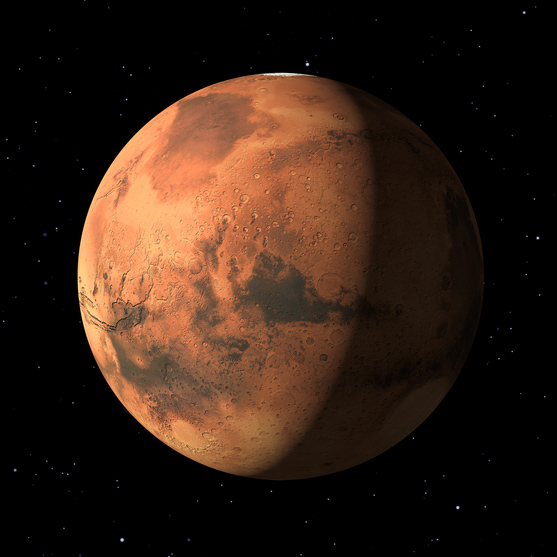We may have been wrong about how Mars got its characteristic red hue, a new study reveals.
The Red Planet owes its ruddy complexion to rusted iron minerals, dispersed across billions of years by winds, throughout the planet’s dust. Past spacecraft observations of Martian dust led scientists to believe that this rust emerged in dry conditions, after the planet’s water had disappeared.
Now, new research, published Feb. 25 in the journal Nature Communications, contests this view. Instead, Mars’ red color is better matched by ferrihydrite — an iron oxide that contains water — and so the hue must have formed back when the now-arid planet was a cool ocean world, the study authors suggest. In other words, Mars may be red today because it was blue in the past.
“Writer Fuel” is a series of cool real-world stories that might inspire your little writer heart. Check out our Writer Fuel page on the LimFic blog for more inspiration.


